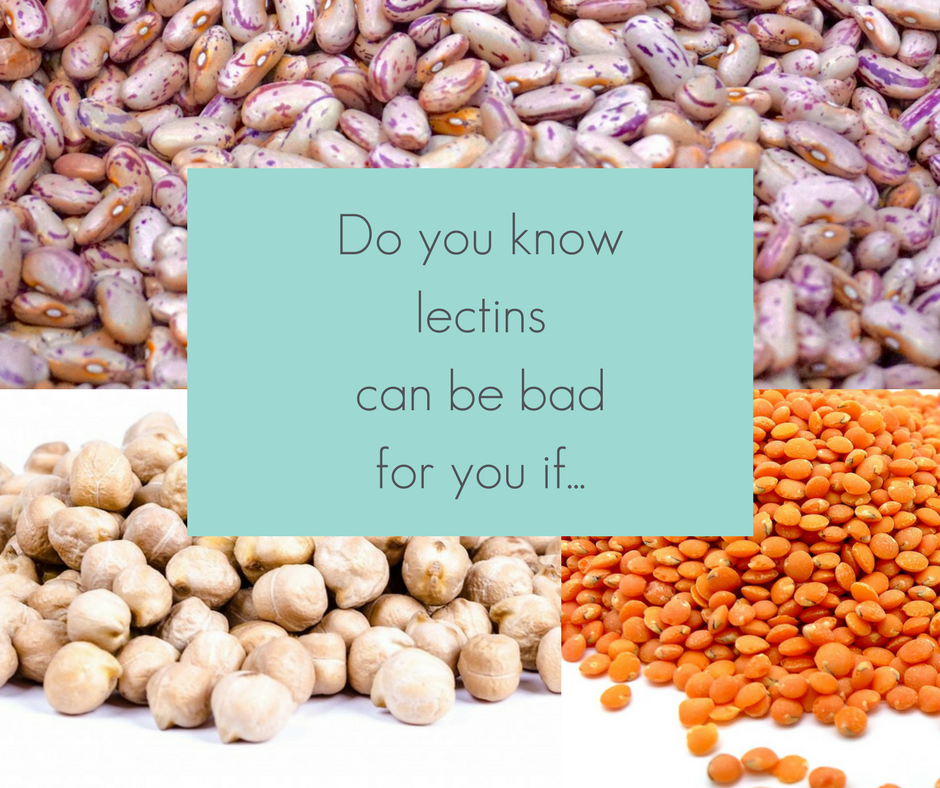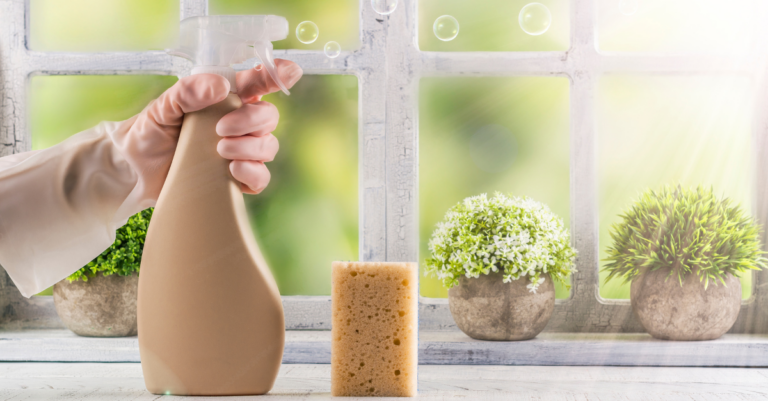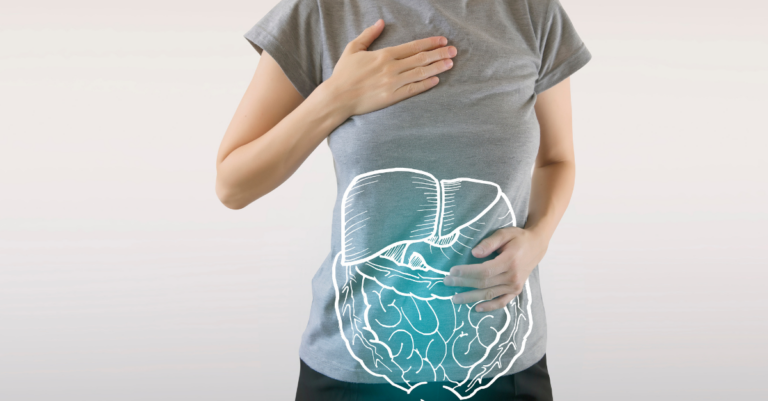Indigestible Lectins – Good Protein Right? ..or Not!
We’re guessing you’ve heard that old schoolyard rhyme: “beans, beans, the magical fruit, the more you eat the more you…eat beans for every meal” As adults we roll our eyes, but have you ever wondered where the rest of that rhyme came from, or why foods like legumes are so tough to digest?
Turns out that most of our foods contain certain compounds that, by nature, are difficult on our digestive systems – because they’re not really meant for our digestive systems at all! That’s not to say they are foods we can’t process, but research is continuing to teach us why some foods can be tough on our systems, and what the implications are of consuming them. In the case of beans and legumes, the main source of the issue is lectins.
Lectins are a kind of protein that’s found in a variety of plant- and animal-based foods…almost every plant and animal substance contains them (in small amounts)!
We know proteins are the building blocks of muscles and are critical to our health so the question for most of us is: if lectins are just proteins, how could they be bad for us?
Simply put, lectins bind cells together, and their preference tends to be sugars. Lectins, thanks to their ability to lessen the body’s ability to properly absorb nutrients, are actually known as ‘antinutrients’. Because we can’t digest lectins, they tend to pass through our systems unnoticed which, for most people, means antinutrients like lectins don’t pose much of a problem! In fact, in small amounts, lectins can produce some great health benefits relating to immune function, cell growth, and possibly even cancer therapy.
However, lectins can wreak havoc for people who consume a diet with lots of high lectin foods and for those who suffer from GI disorders or immune deficiencies. In more severe instances where GI disorders and immunity dysfunction are at play, lectins can really play a toll on the gut lining and tight junctions that keep the intestines functioning well. (If you missed our post about “Leaky Gut” last month, you can check it out here)
| If they’re not meant to be digested, what purpose do lectins serve? Lectins have a distinct and important purpose in nature – it’s just that the purpose is for the organism’s survival, and not for human consumption! Lectins act as a natural insecticide. When predatory insects come in contact with them, the lectins completely disrupt insect metabolism, preventing invasions and attacks on the plants. |
Basically, the more lectins you consume the more discomfort, nausea, vomiting, diarrhea, flatulence, and importantly, malabsorption of nutrients you may end up subjecting yourself to (unintentionally).
If these symptoms are familiar to you, you’re not alone – 30% of the foods that have high levels of lectins are ones we commonly eat, including dairy products, nightshades (like tomatoes and peppers), whole grains, seeds, GMO foods, and yes – beans and legumes!
Some experts have suggested that removing all lectins from your diet can help the gut to recover from antinutrient-caused distress and that this could be critical to treating GI and immunity disorders. Still, others have pointed to the various preparation techniques that people have used around the globe to help weaken and eliminate lectin proteins – so you can enjoy your meal with a lot less…inconvenience…
We caution against removing whole categories of foods unless truly necessary, especially because foods high in lectins also have other essential benefits such as fibre and minerals, that our bodies need. Instead, we want to provide you with a variety of methods you can use to prepare high lectins foods that are centuries old, and globally trusted to make these foods easier to digest.
These are our favourite four ways of preparing legumes, grains, and seeds so you can keep them in your diet without worrying about the negative effects of lectin protein. Be thoughtful as you prepare them, and don’t forget these 4 key methods:
1. Soak
Beans, whether canned or dried, benefit a lot from soaking, as do many harder grains and pseudograins like oats, rye, barley, wheat, and quinoa. Soaking and rinsing legumes and grains help to shake free starches, acids, and proteins, making minerals more bioavailable as well as make them easier to digest. Put yours in a larger bowl and cover with water by about 2 inches. Allow them to soak for a few hours up to overnight. Drain fully and rinse again until the water runs clear. Pro tip: add a 1” piece of kombu or dulse seaweed to the water when soaking beans to really break down those lectins!
2. Sprout
For most beans and seeds sprouting deactivates lectins completely (with the exception of alfalfa – lectins actually increase when sprouted!). Why? Because you’re no longer eating them in their contained form. Since they’ve begun the initial stages of germination, they’ve evolved from that seed state. An added positive is that this actually makes the nutrients more accessible (and playing a part in growing your own food is really rewarding!).
3. Boil or Pressure Cook
It may be intuitive for you to boil or pressure cook your legumes or grains before eating – but these techniques will actually also reduce lectins! Studies show that boiling soybeans, red beans, and many others at 212°F/ 100°C for a minimum of 10 minutes reduces lectins to negligible amounts.
4. Ferment
Fermenting foods is the act of allowing good bacteria to grow in the food. The new good bacteria break down and convert would-be harmful proteins including lectins. This is an ancient and common approach across many cultures dealing with hard-to-digest foods.The good bacteria are also known as probiotics – one of the most important factors in overall gut health. Examples of fermented foods include tofu, tempeh, miso, kefir, and natto – these health foods actually contain high levels of lectins prior to fermentation!
At HealthSource Integrative Medical Centre we want to see you and your family on a path towards your optimal health, and we have the tools to help make that journey clearer and easier. If you’re curious to learn more about how reducing or removing lectins from your diet could be beneficial to you, please call at (519) 954-7950, or email us at info@HealthSourceIMC.com and we would love to set-up an in-person consultation with you.
Yours in good health,
Dr. Som Thammasouk, ND at HealthSource Integrative Medical Centre
References:
- Rhodes, Jonathan M. Genetically modified foods and the Pusztai affair. BMJ. 1999 May 8; 318(7193): 1284.
- Miyake K, Tanaka T, McNeil PL, 2007 Lectin-Based Food Poisoning: A New Mechanism of Protein Toxicity. PLoS ONE 2(8): e687. doi:10.1371/journal.pone.0000687
- DeMarco, Vincent G., et al. Glutamine and Barrier Function in Cultured Caco-2 Epithelial Cell Monolayers. J. Nutr. July 1, 2003 vol. 133 no. 7 2176-2179.
- http://gundrymd.com/remove-lectins/
- http://www.greenmedinfo.com/blog/lectins-phytates-autoimmune-disease-separating-fact-fiction


